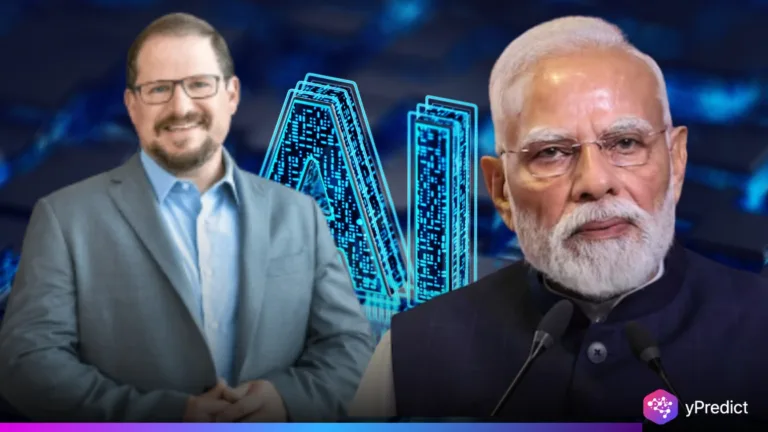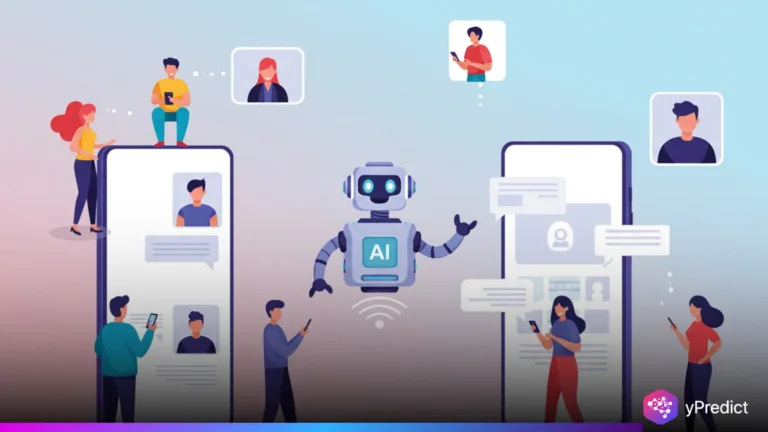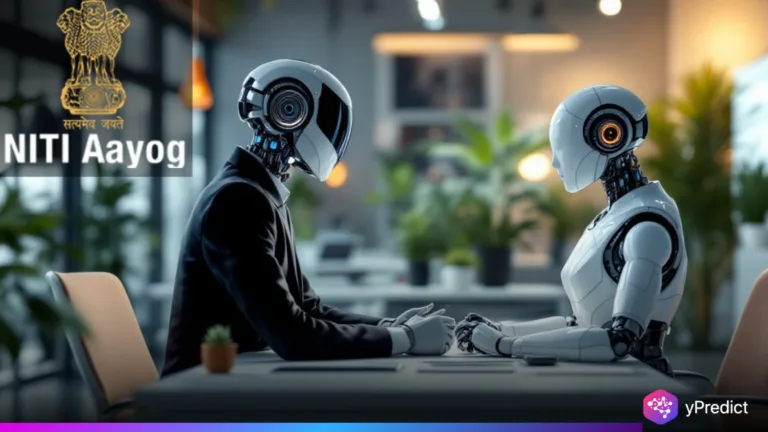
India’s government has confirmed that its first sovereign AI model will be ready by February 2026. The announcement came from S. Krishnan, Secretary of MeitY, on October 11, 2025. Backed by 38,000 GPUs, this system aims to give India full control over its data and algorithms. The plan fits the “Atmanirbhar Bharat” vision, self-reliance through local innovation. The post’s image, blending India’s tricolor with a digital skyline, captures this mix of patriotism and progress. If launched on time, the sovereign AI could redefine India’s digital future and reduce dependence on U.S. and Chinese tech giants.
India’s Plan for a Homegrown Sovereign AI Model
MeitY’s decision to build a sovereign AI model reflects both ambition and necessity. India relies heavily on global platforms that don’t always serve its interests. Sarvam AI, chosen in July 2025, will design a multilingual foundation model built entirely on Indian data. It will speak all 22 official languages and include regional dialects. That’s vital in a country where voice assistants often fail outside English or Hindi.
The model’s training setup, 38,000 GPUs, is serious muscle. It will use supercomputing centers across Bengaluru and Hyderabad. Engineers plan to train it on government datasets, Indian law documents, and local media archives. That ensures the model “thinks” in India’s context.
Officials say this sovereign AI won’t just power chatbots. It will support defense analytics, disaster response, and digital governance. Voice features could help rural citizens apply for subsidies or register complaints without typing. By designing AI around local realities, not foreign trends, India hopes to build tech that actually fits its people.
Security, Strategy, and Global Stakes
Why does this matter globally? Because AI equals influence. The U.S. has OpenAI, China has Baidu, and now India wants its own sovereign AI. That means no foreign servers holding citizen data and no risk of political pressure through tech platforms. It’s also a national security shield, protecting military, financial, and identity information.
The post’s visual, an AI figure meditating under the tricolor, makes the point clear. Control your code, or someone else will. But there are big hurdles. Cybersecurity experts warn that homegrown doesn’t mean safe. India must protect its model from hacking, bias, and corporate buyouts.
Still, the benefits are clear. A trusted AI could streamline government paperwork, translate policy updates instantly, and give every Indian access to services in their language. Globally, countries in Africa, Southeast Asia, and Latin America are watching. If India succeeds, it will become a blueprint for digital sovereignty. For now, engineers are racing the clock. The sovereign AI must be ready for its debut at the AI Impact Summit in February 2026.
Conclusion
As of October 11, 2025, India’s sovereign AI project marks a bold step toward digital independence. It blends technology, policy, and identity into one national effort. If successful, it could shift global power balances in tech, making India a key AI voice from the Global South. But success will depend on security, transparency, and constant innovation. Building trust in this system is as critical as training it. When February 2026 arrives, the world will see whether India can truly build AI that serves its people, and keeps their data, values, and future firmly in their own hands.






